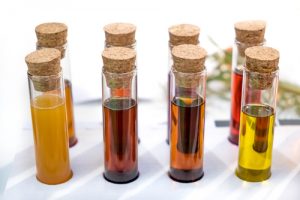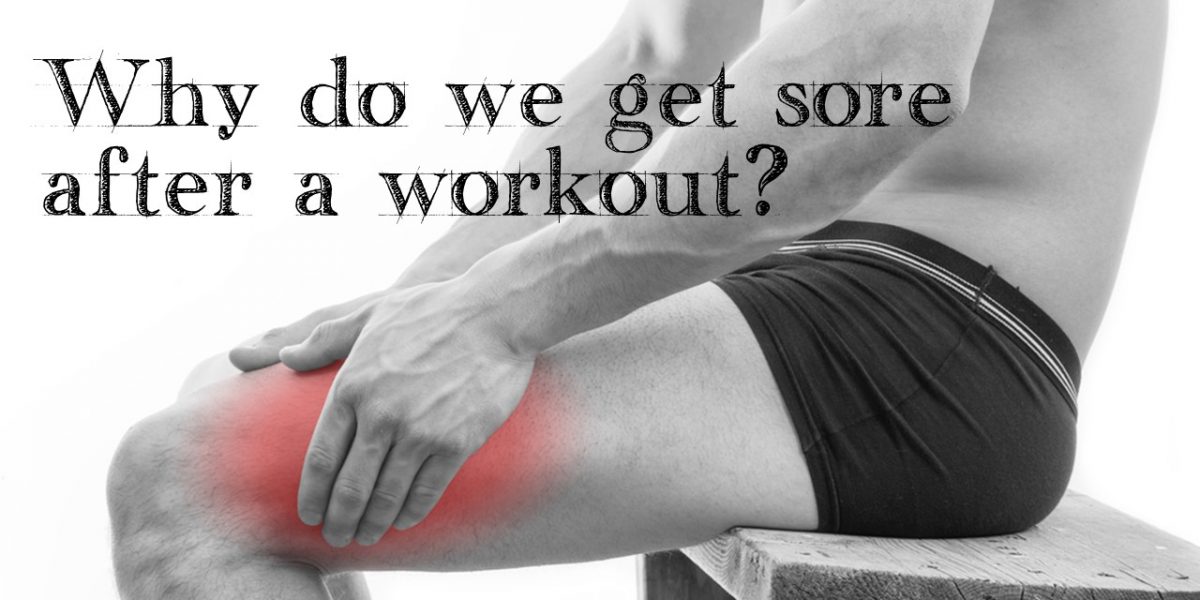Why Do Hard Workouts Make You So Sore?
Vigorous exercise will give you sore muscles, no secret there. Delayed Onset Muscle Soreness, also known as DOMS, is a fact of life when embarking upon any new exercise program. And with so many new gyms focusing on high-intensity interval training (HIIT), people are experiencing a whole new level of soreness. Unfortunately, people new to HIIT workouts can be easily frightened away by the unexpected and wholly unwelcome level of fiery hell that can set your quads ablaze.
It’s best to prepare new athletes for the fact that they will be sore. It’s far better to expect these problems than to wake with them in the middle of the night! Some things that can help prevent and treat soreness after a workout include hydration, ice, compression, anti-inflammatories, light recovery workouts, and getting a proper amount of sleep. We’ll go into more details about those in another post soon.
Why Do Muscles Get Sore When You Workout?
Muscles become sore after a workout because of the damage they sustain. Unaccustomed exercise damages the microscopic structure of your muscles. The eccentric phase of training causes the proteins in the tissue to lose their grip on each other when lengthening under load. Two examples of eccentric exercises include the descending portion of a squat and lowering a bench press to your chest.
Your body begins to break down the damaged tissue within hours. The chemical products of this cleanup effort cause the pain-sensing nerves around your muscles to start firing like a 21-gun-salute. But it’s a necessary process. As that tissue is cleaned out, your body lays down new muscle proteins and more of them. That means the repaired muscles are stronger and less prone to injury. They are also less inclined to soreness the next time you work out. Amazingly, that whole process takes as little as five days! Soreness usually starts about 12 to 24 hours after a workout. Peak pain from DOMS occurs about 48 hours after the program ends. The soreness usually recedes slowly after that, lasting for a total of 3 – 5 days.
Does Lactic Acid Cause Sore Muscles After Working Out?
This is a common myth. While lactate does produce the fatigue and “burn” you feel while exercising, it doesn’t cause soreness days later. In fact, your body rapidly clears the lactic acid produced by anaerobic exercise. Lactate levels are typically back to baseline in under two hours. Your muscles release lactate into the bloodstream quickly. From there, your liver turns the lactate back into glucose and ships it to the muscles for repeated use later. And you thought your liver was just there to shake hands with Captain Morgan. Think again!
Am I Injured or Just Sore?
Here’s the scenario: It’s two days after Memorial Day, and the first time you let someone talk you into doing “Murph”. In bed the next morning, you already know you’ll regret that decision. You just try to roll out of bed, hoping your legs will catch you. Unfortunately, they are somewhat less than cooperative. As you lie there on the floor, contemplating the sheer size of the dust bunnies under the bed, you wonder if you’ve finally managed to break yourself.
It can be difficult to tell the difference between good pain and bad pain. But some clues can help you differentiate DOMS from an injury. First of all, soreness starts at least 12 hours after most workouts. Conversely, pain that begins during exercise is more likely to be an injury. DOMS will go away after you’ve finished your warm up, but an injury usually gets worse as you stress it. Soreness after a workout produces pain all over the muscle. Specific point tenderness is more likely an injury. Generalized swelling is typically DOMS, but weird lumps or bulges in a muscle are concerning.
What about Rhabdo?
Most coaches hear about rhabdomyolysis during their training but usually just enough to scare them. Rhabdo is a life-threatening super-rare, aggressive mutant variety of DOMS. It can lead to kidney failure and death if untreated. Fortunately, there are some major warning signs. If your pee looks like a cola went straight through you without passing “GO” you are probably in rhabdo. Get yourself to an emergency room immediately! Fortunately, “uncle Rhabdo” is extremely rare and the individual athlete shouldn’t worry much about it. But if you are a coach you are responsible for the health and safety of dozens or hundreds of athletes. Be sure to check in on their urinary health after tough workouts. It seems like TMI, but sharing is caring!

Why do HIIT workouts cause DOMS more than other workouts?
Oh right, back to the original question. The answer lies in the compound exercises at the heart of HIIT workouts. Cleans, Thrusters, Wall Balls, and Squats all work multiple muscle groups. Because they are whole body motions, they involve both eccentric and concentric muscle activity. HIIT and functional fitness workouts include higher amounts of eccentric exercise than other fitness routines.
And eccentric exercises cause soreness after a workout. So the short answer is that HIIT workouts include more eccentric exercise than any other program, and that means more muscle pain the next day. Additional pain can come from the community aspect of the typical HIIT class, which pushes people to work harder than they would on their own.
On the plus side, intense eccentric exercise causes the best adaptation in muscles. That’s why devotees of the HIIT lifestyle see such rapid fitness gains. Those leaps in fitness are rewarding and addictive. I mean who doesn’t like to be strong, flexible, and look good naked? So keep working out, keep getting sore, and keep looking good! Experiencing symptoms of DOMS? Check out this related post to learn about some strategies for managing your symptoms! And if you are a coach, think of all those happy, healthy people you are helping to create.


2 Comments